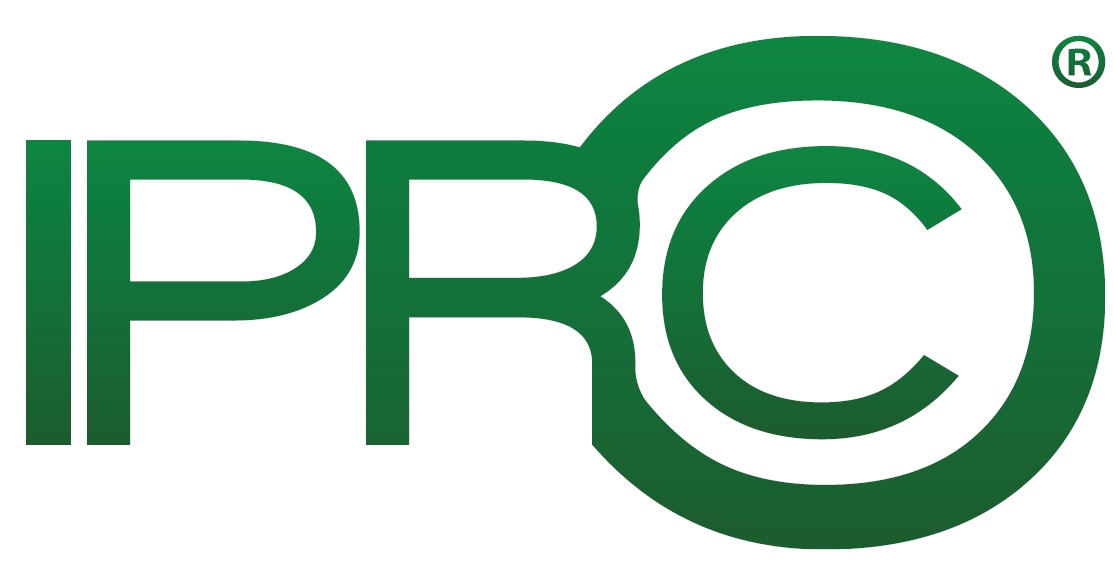WHEN SHOULD WE PROTECT OUR INTELLECTUAL PROPERTY?
A few weeks ago, I talked to a young Entrepreneur (let's call her Alice), who wanted to present me her invention. We agreed to set up a meeting so that we may meet, and she would introduce her invention to me. Product that Alice had shown to me, according to her, was: "...combination of knowledge and experience she gained in past 3 years’ time in the field..." The invention seemed rather useful so, naturally, I asked her about which of the protection measures she has already taken/How she protected her Intellectual Property (a.k.a. Do you have any patent/trademark/design filled?)? She answered me with a question and a small grim on her face:

"Well that is why I am talking with you right? What should I do?"
To tell you the truth, deep down, I expected this would be the case.
This is hardly the solo case as many founders or CEOs fail to promptly secure chances of obtaining protection for their innovative products or services. Alice's question made me think:
"When should we protect our Intellectual Property?"
Inventions, ideas, prototypes...
In Alice's case the answer would be BEFORE SHE FIRST introduced the product to public. Why?
There are three main pre-conditions for an invention to be eligible for patenting - it should be industrially applicable, inventive and NEW-WORLDWIDE (not just in your country).
Ultimately, timing for filing a patent application is accompanied by nature of the invention, level of maturity of the technology, overall business strategy, branch in which we operate... basically, it all comes down to (in)effectiveness of our Intellectual Property Strategy. We all have one, right? RIGHT?!
Signs, logos, brands, emblems...
Of course, Alice did put logo on her product, however she did not think of it (yet) as part of her Intellectual Property or something that might be useful somewhere in the future.
When it comes to trademarks, there is no novelty condition. However, there are other conditions that are checked by Intellectual Property Offices (IPOs), such as descriptiveness, time on the market, distinctiveness, territorial limitations... All of these are relevant when we are facing decision of when (and where) to file a Trademark application. Trademark protection and its filing timelines are often connected with size and ability to finance protection of Trademarks. If we are a start-up company with limited cash-flow in place, trademark registration will probably come a bit later along the lifecycle. Or, in Alice's case, probably never.
But if we are a part of a company which already has distribution network established and market for our branded products, the answer would be YESTERDAY. Why? Let's make a quick test: Think of all investments made into your trademark or brand (design development and marketing expenses). Is the total worth less than 250 €? Less than 850 €? More than that? First figure is the min. amount for protection for example in Slovenia and the second is the min. amount for entire European Union! I already covered the topics of 8 reasons for Trademark protection - Do I need to say more?
What about appearance (design) of a product?
By the time Alice and I started talking about Designs, she already had a pencil and a paper in her hand and was taking notes like crazy:).
With designs you also have the novelty (worldwide) as a pre-condition among other conditions that can be found on every official website of Intellectual Property Office's (WIPO, EPO, USPTO...you name it). A registered Design protects the visual appearance of the product and not its functionality. An important difference (from let's say: patents in EU...) in terms of timeline for registering Design is the so called "grace period". In short, this means that you can "test your product on the market" and still pass the novelty condition if you submit design application within the 12 months. These possibilities are something that you might discuss with your Trademark and Design Professional prior to taking any further actions.
Works as a result of an intellectual mind (written, oral, software...)
At the beginning of the meeting Alice handed me a leaflet with marketing material displayed along with the Power-point presentation she showed me...
Copyrighted works such as business plans, slides, presentations, software code and other categories which belong to (legal) field of copyrights do not need to be registered per se, as they are protected based on national legislation. However, there is a possibility to increase protection by involving a certain amount of effort (accompanied with some financial investment) to raise the protection level for Copyrights beyond the mere national legislative measures. I recommend using everyday services such as different postal services and other measures (of legal nature).
The universal answer to question: "When is the best time to protect our Intellectual Property?" depends on multiple aspects such as if the company provides services or products (or combination of both), time and scale of the company etc.
Now I have a question for you: WHEN and HOW OFTEN do you have such question(s) in mind? We will gladly help you, so that your answer will be NOTHING like Alice's...


